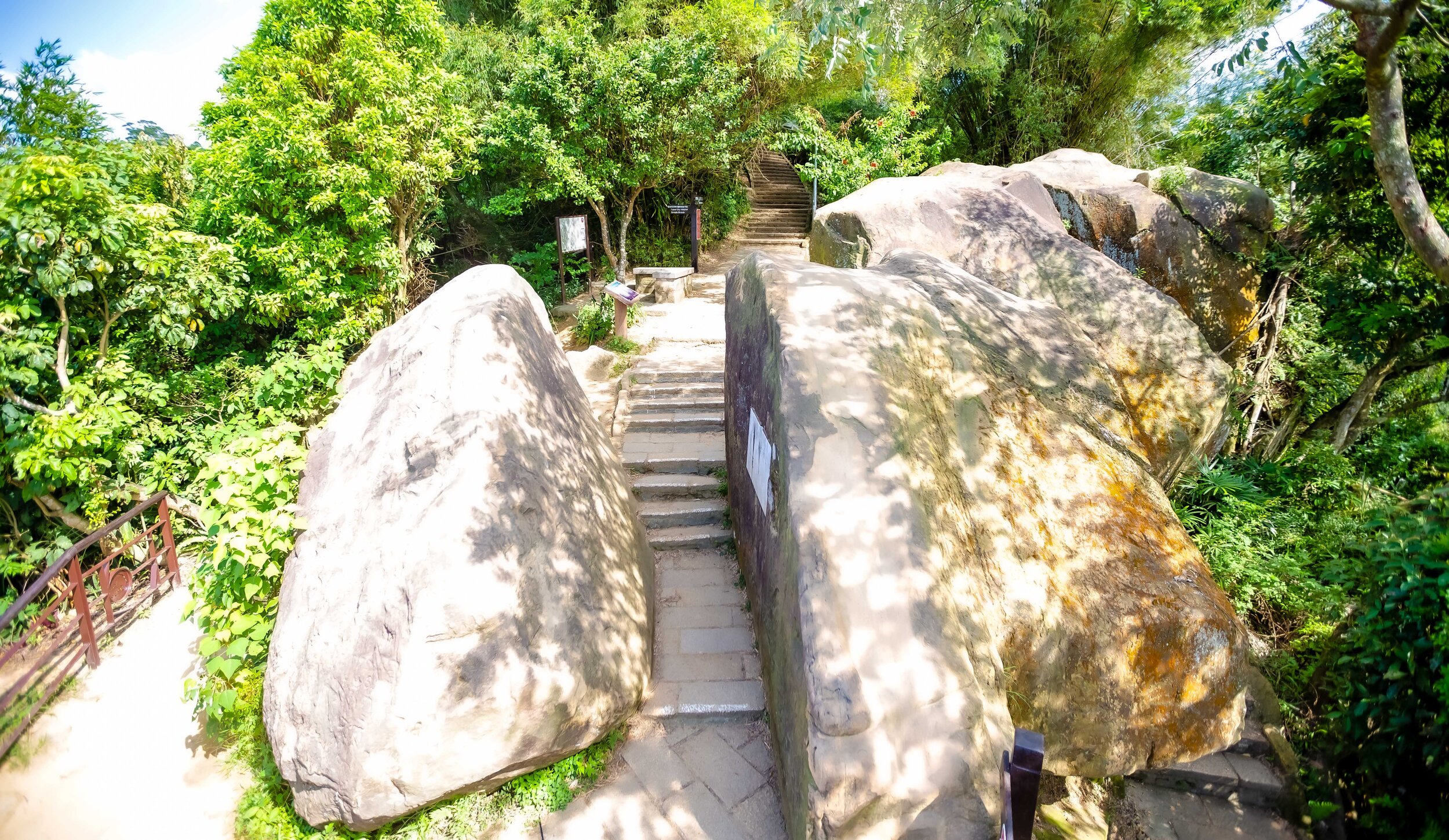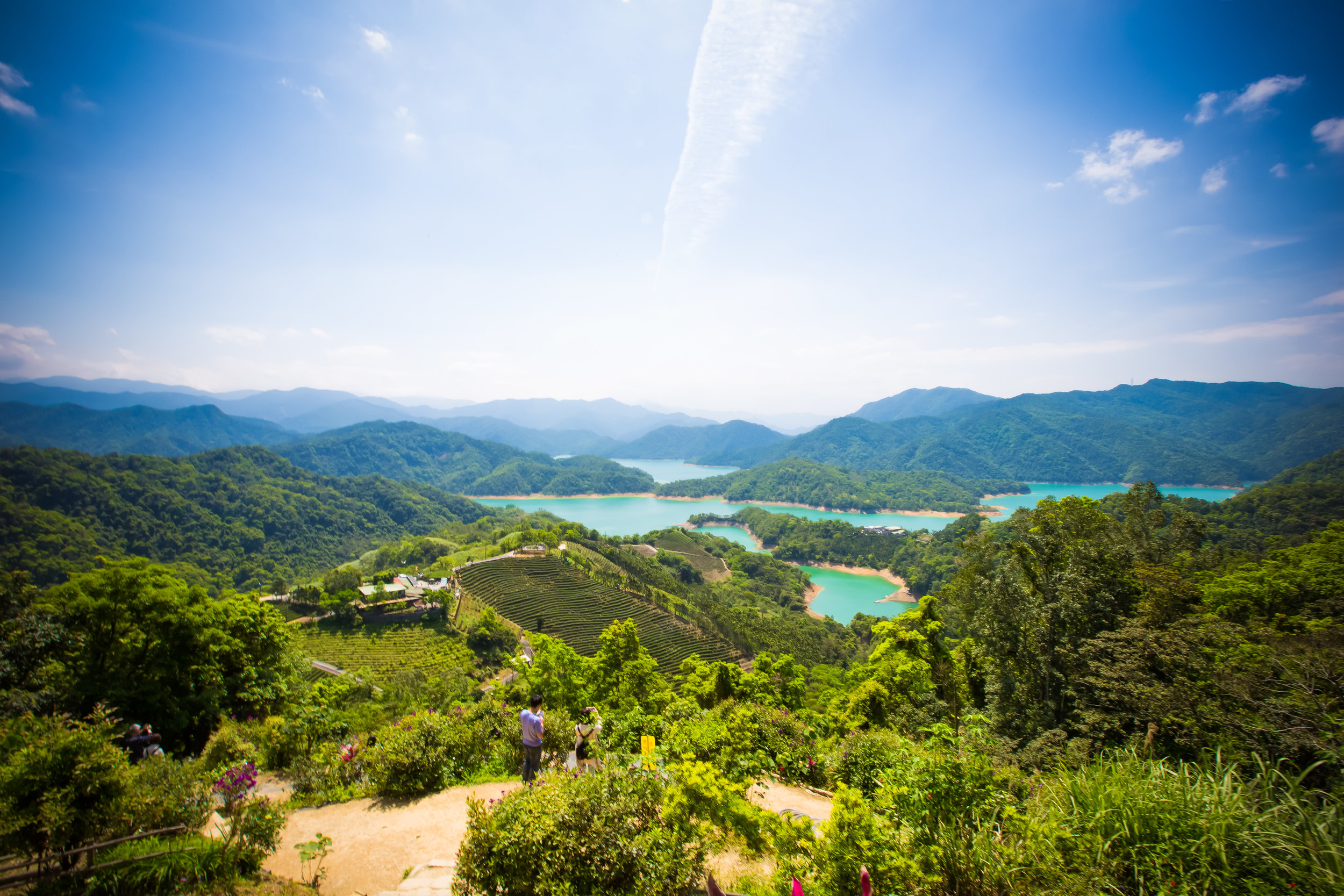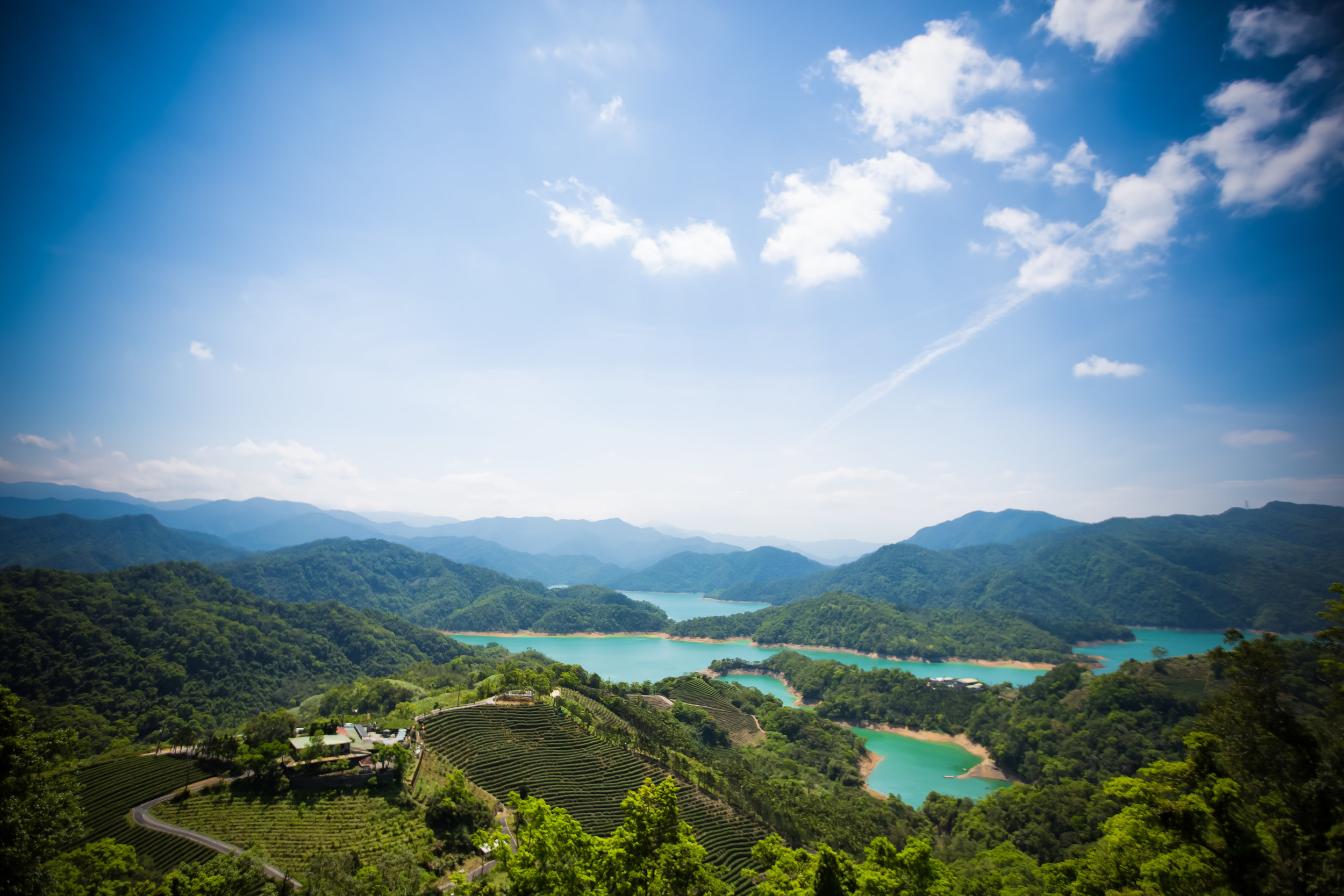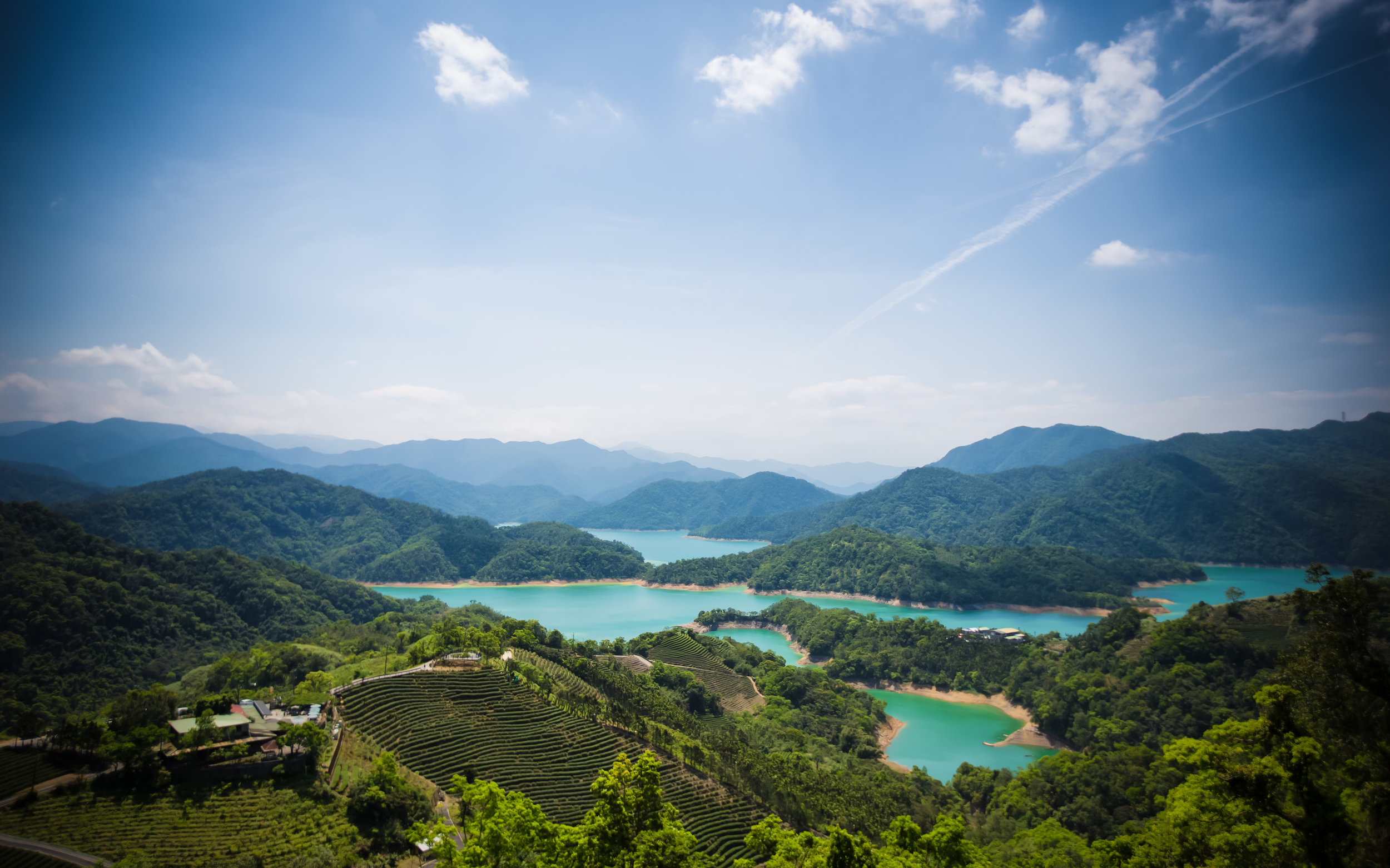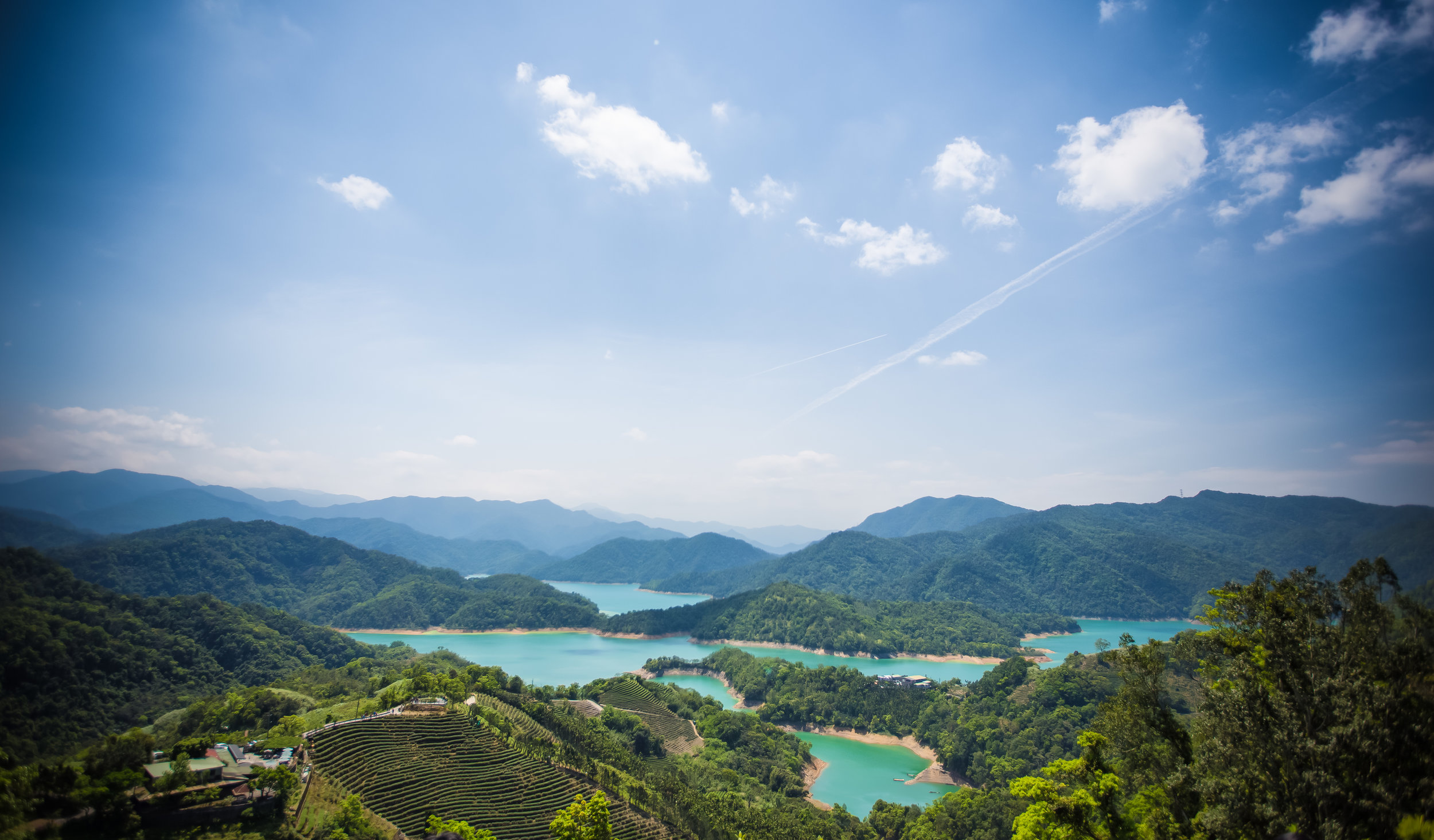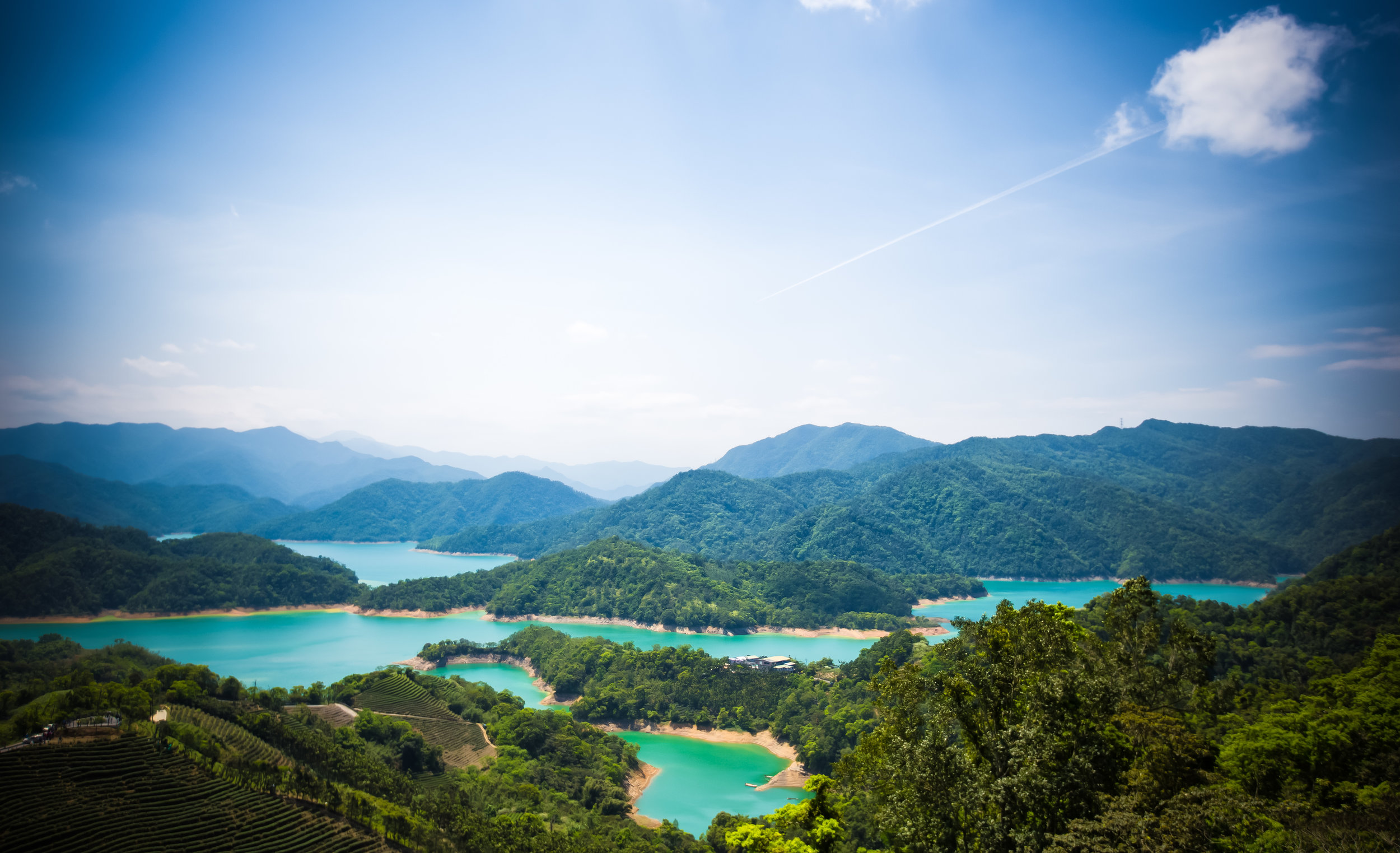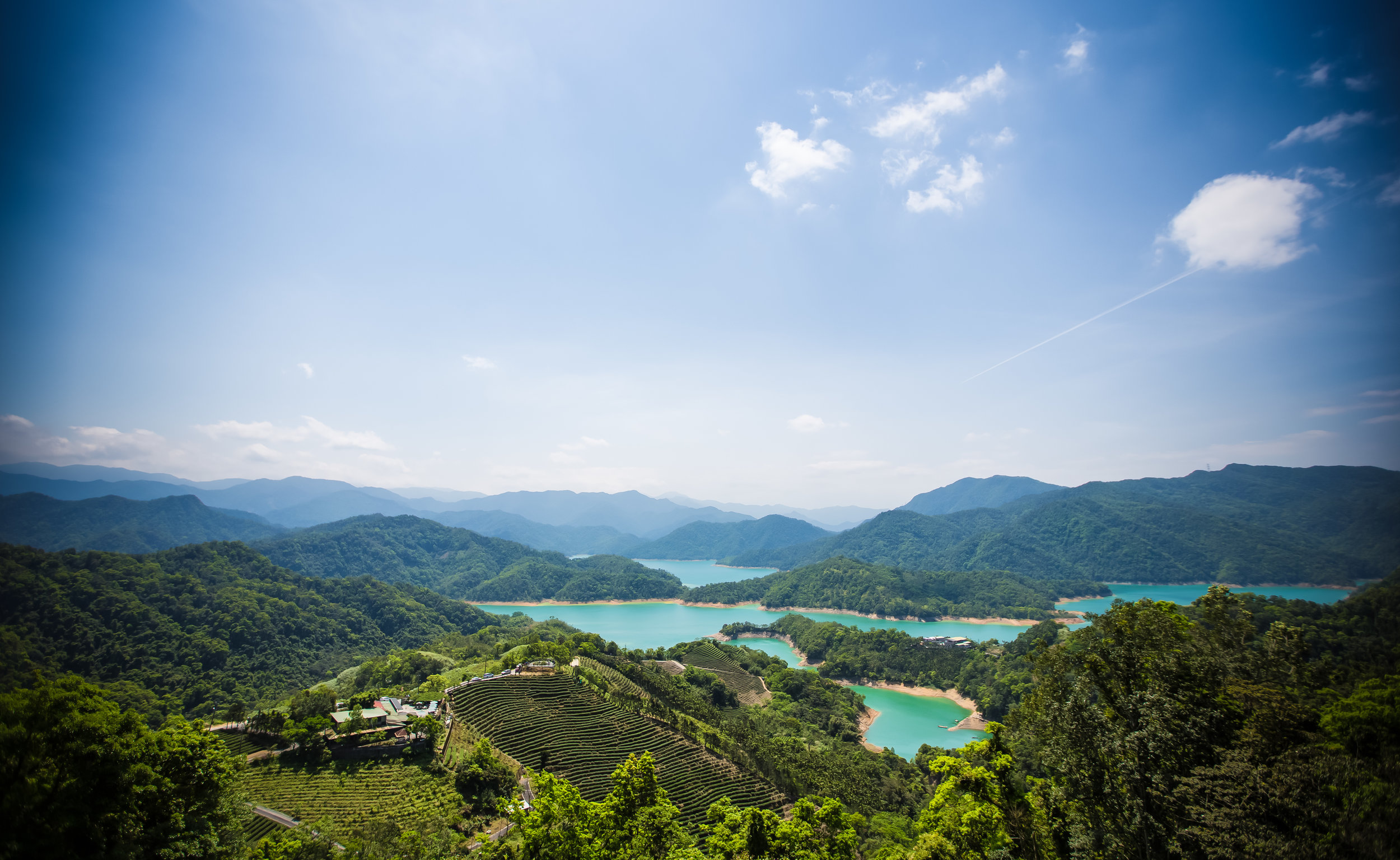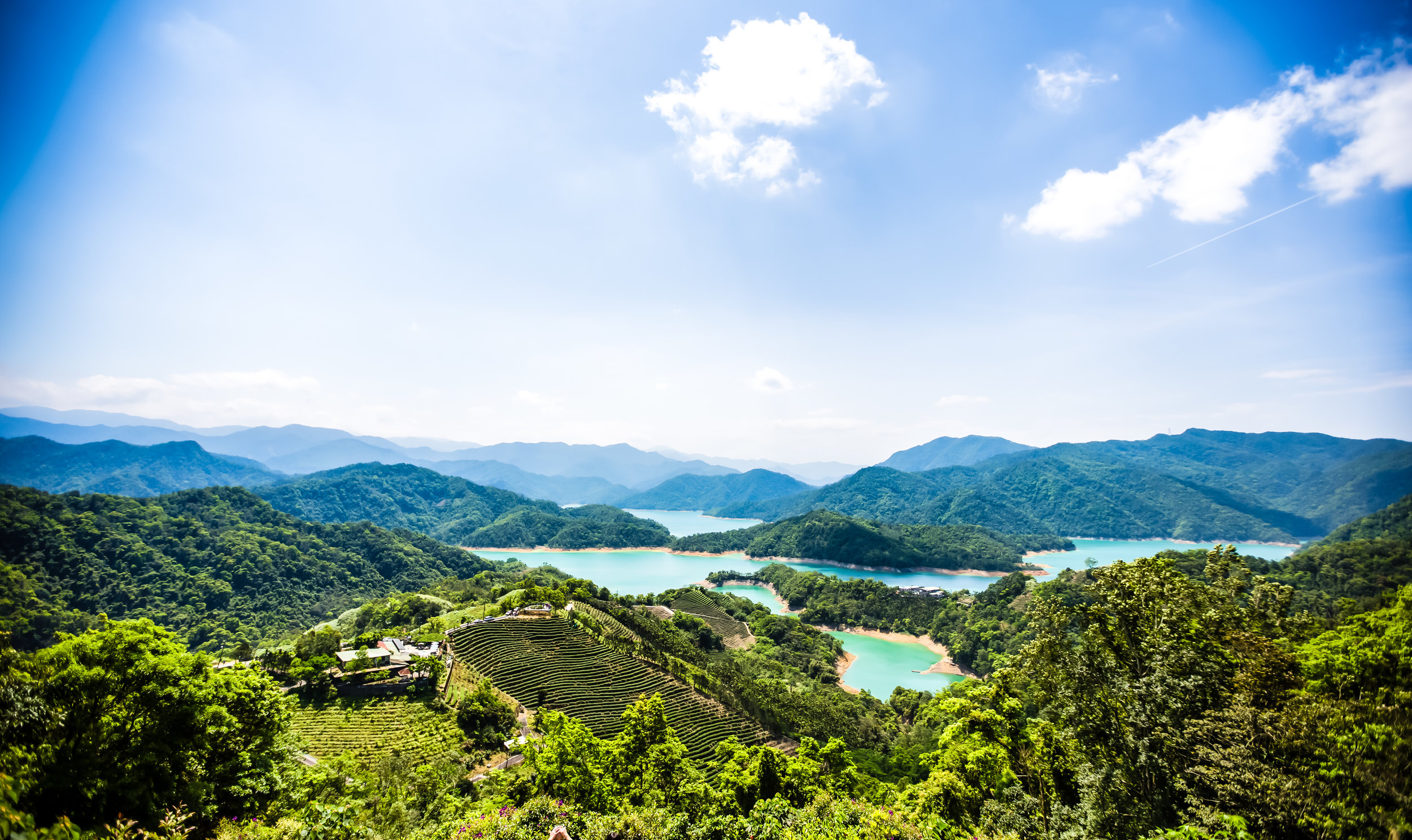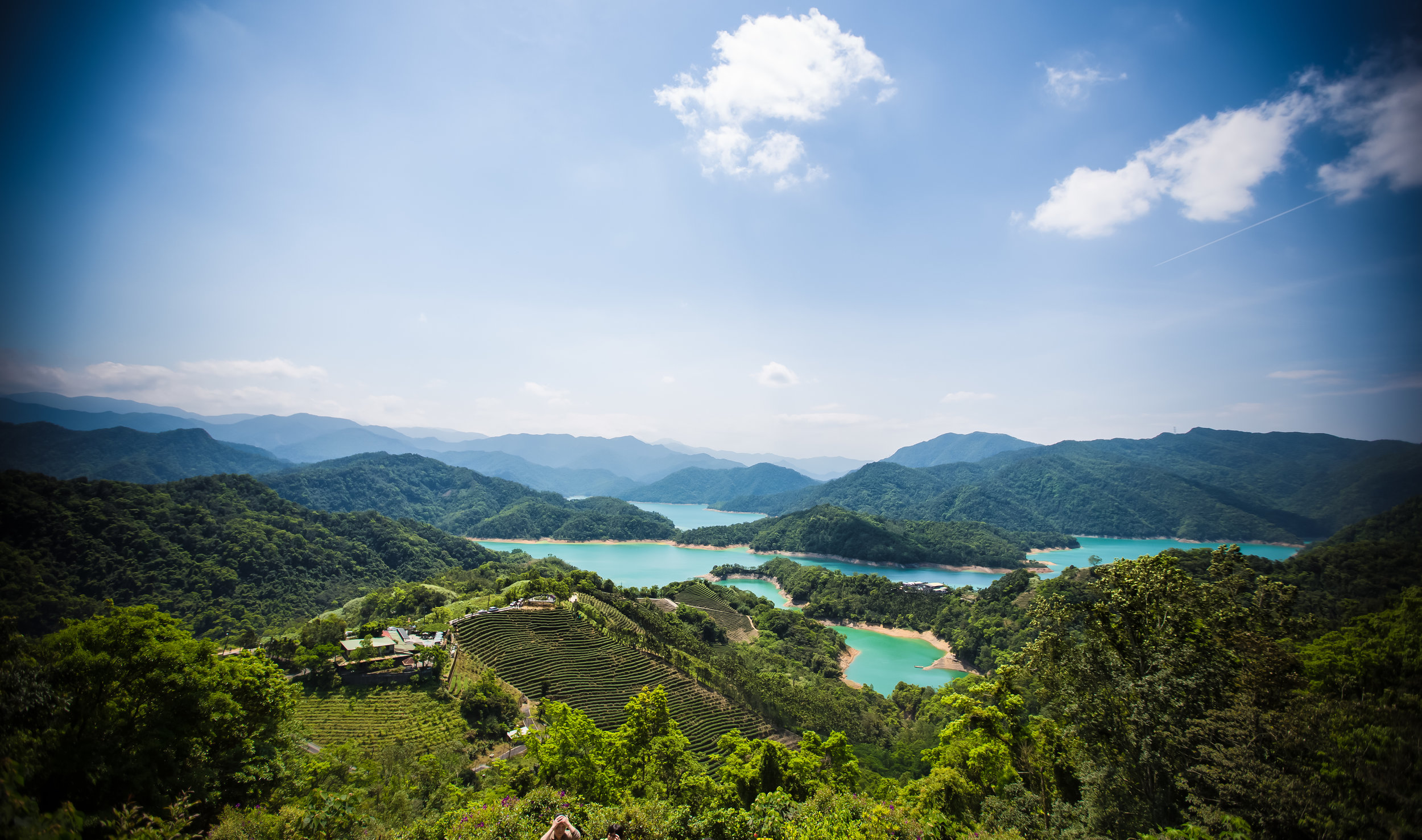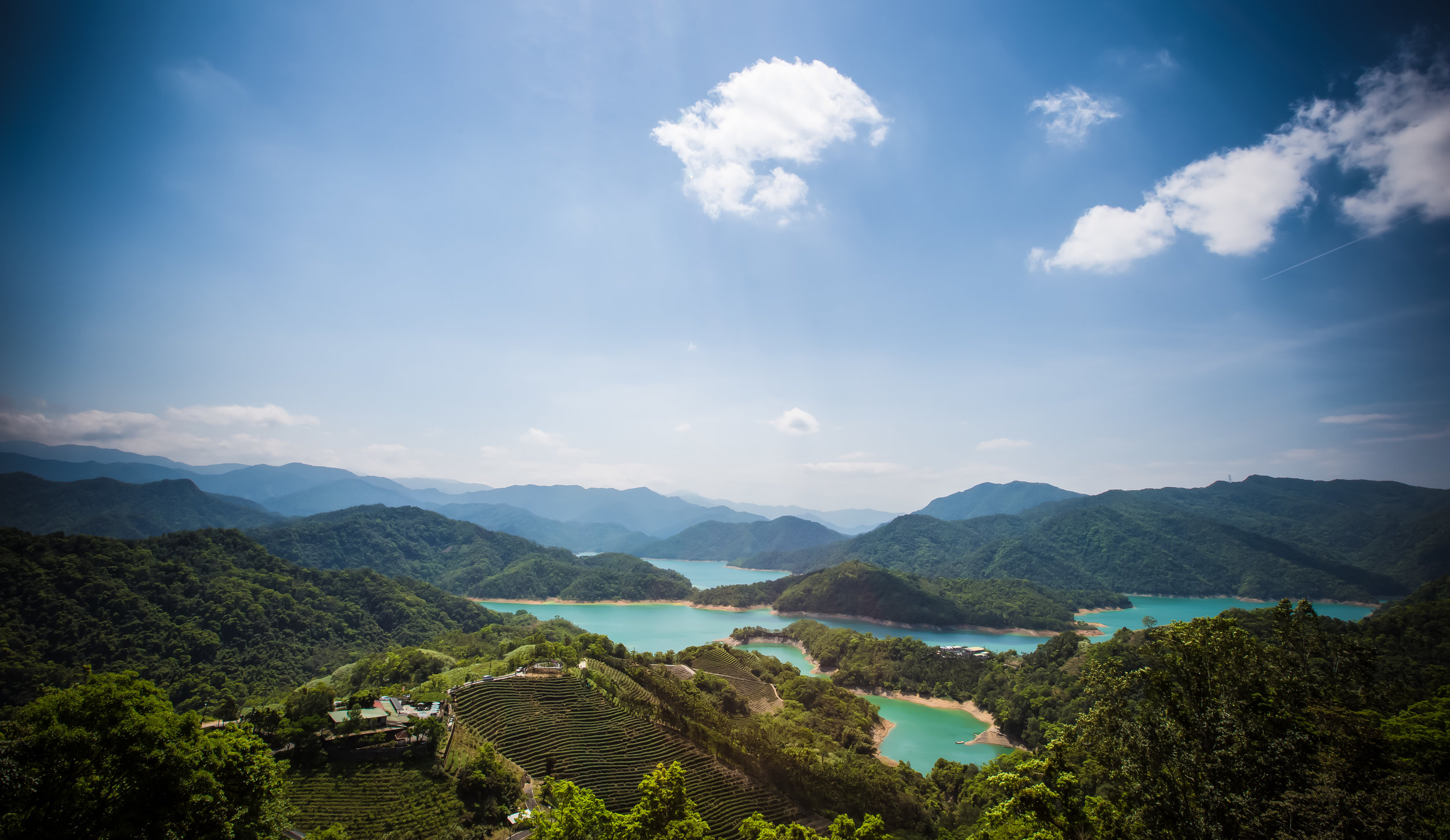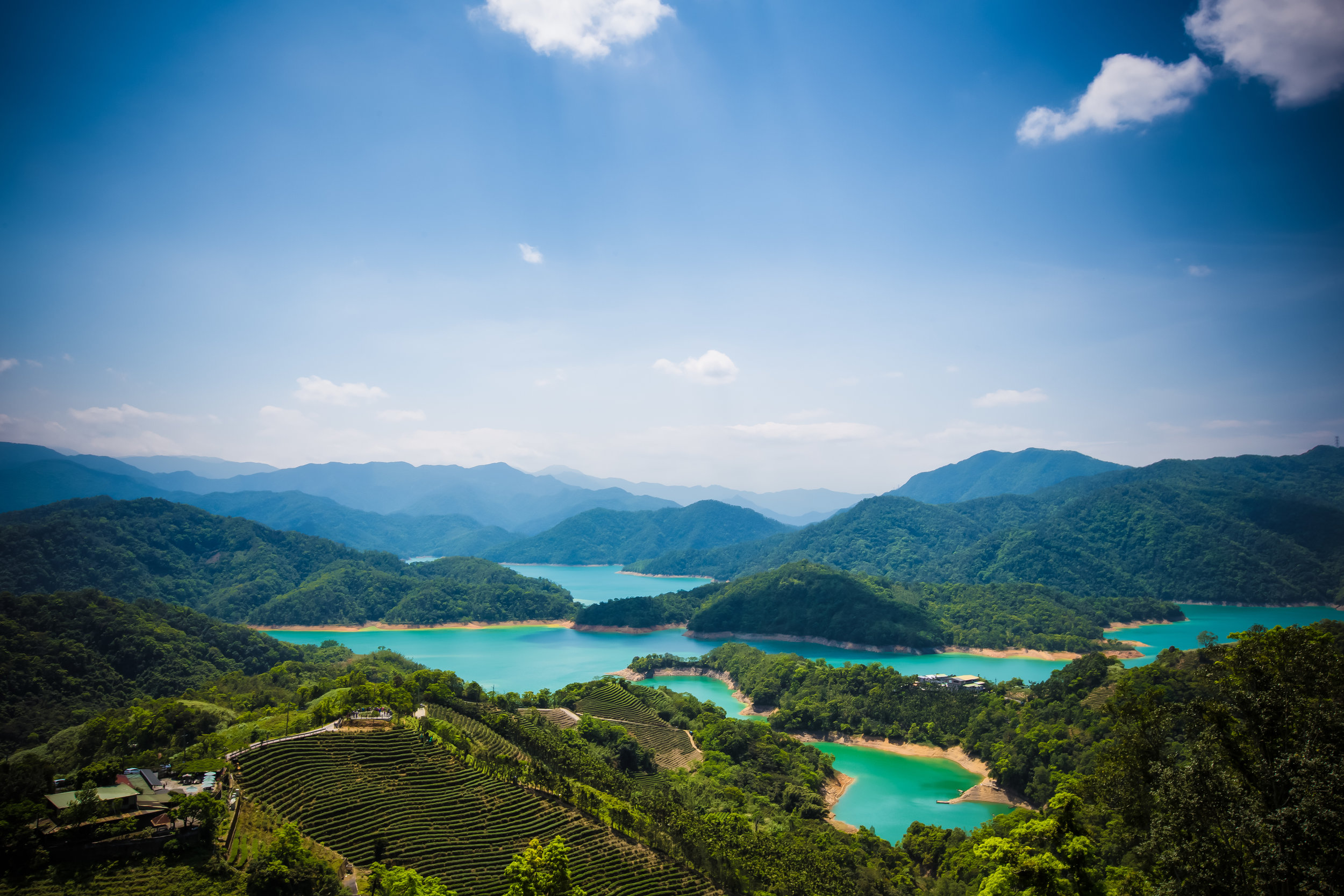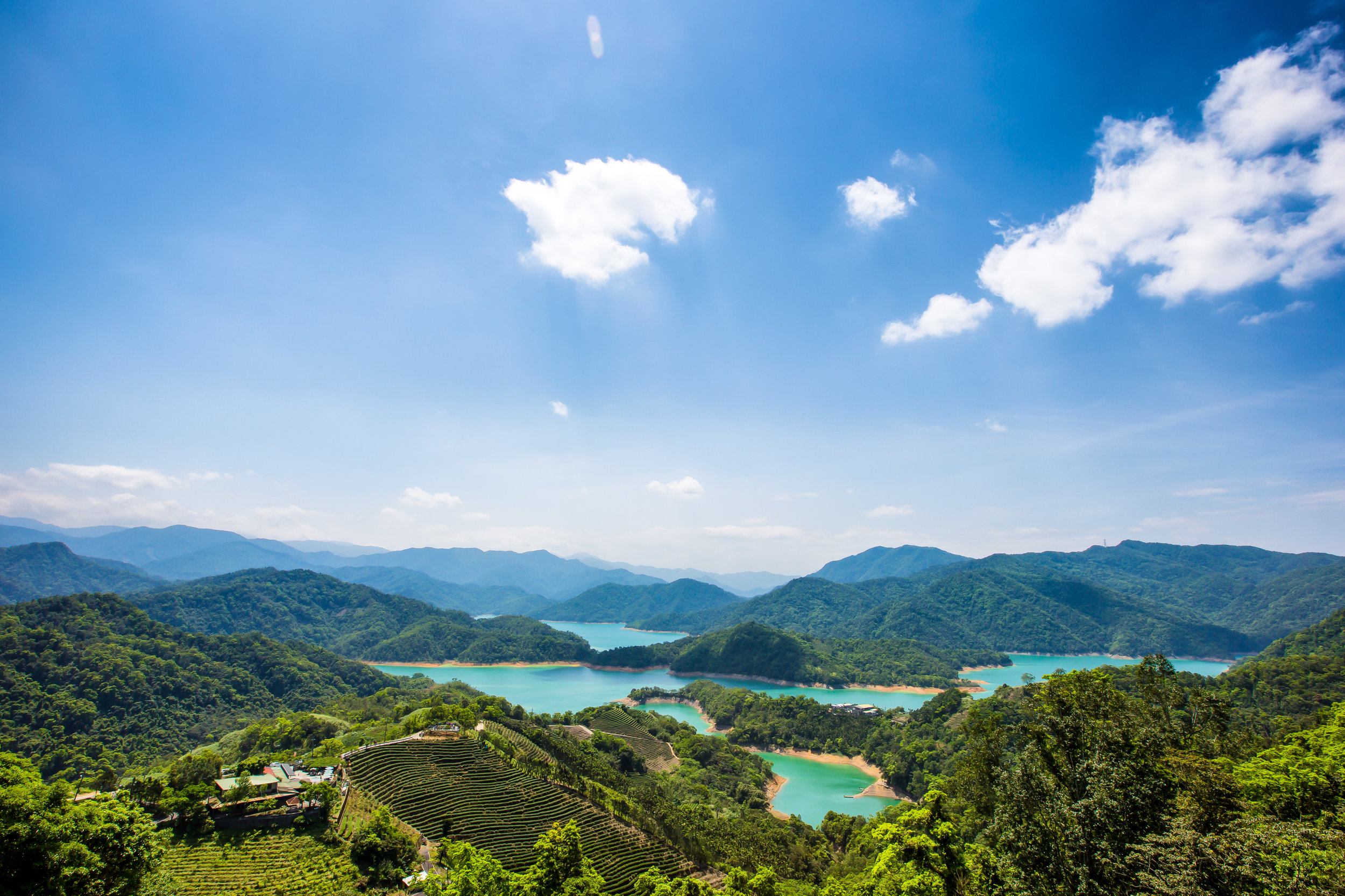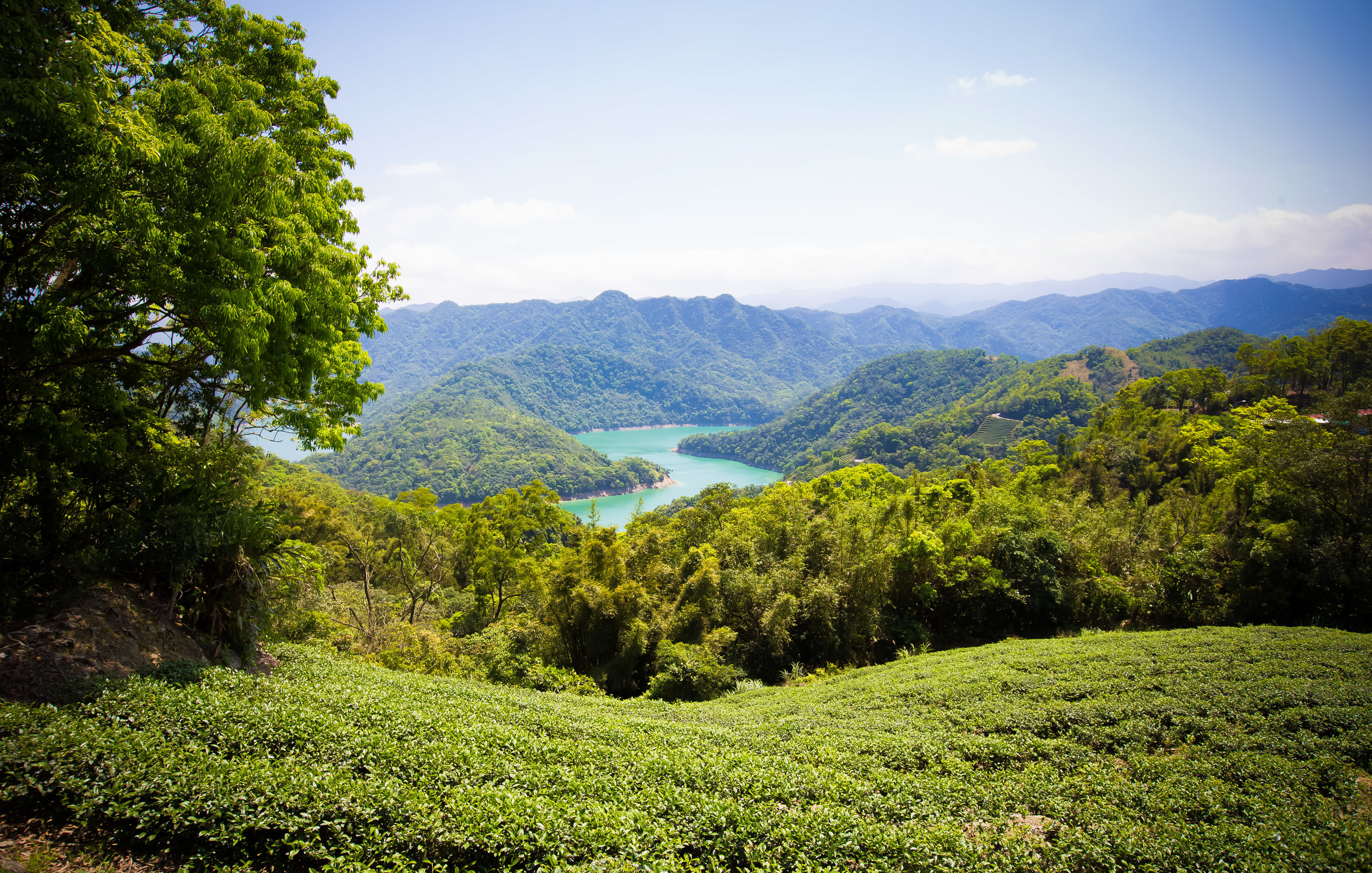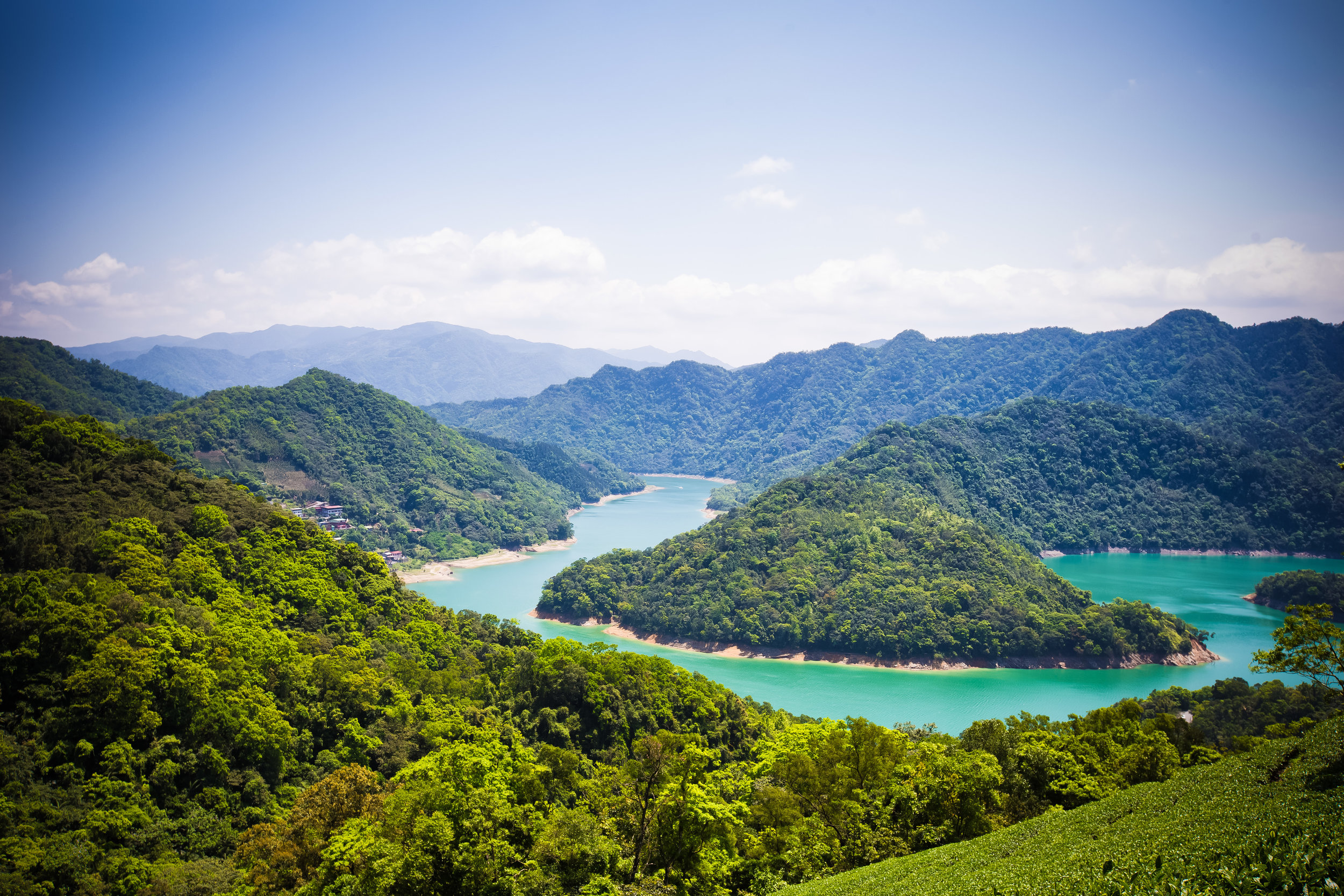So you’re sitting at your computer, you’re planning a trip to Taiwan and you’re wondering what you’re going to do while you’re here. You type ‘T-a-i-p-e-i’ into Google and what comes up? My bet is that you’re going to get a collection of photos that look more or less the same as the photo above.
This shouldn’t surprise you.
Taipei is a city with an endless amount of things to see and do - but its fair to say that the undisputed champion of the city’s tourist attractions is the Elephant Mountain Hiking Trail. This is why each and every day hundreds, if not thousands of photos are posted from the many popular photo spots on the trail.
You’re of course welcome to disagree with my assessment, but before you do, I recommend taking some time to hike the mountain and taking note of the amazing mixture of languages being spoken by all of the travelers on the trail. You’re not likely to have an even remotely similar experience anywhere else in Taiwan (at least not in such a high concentration) as you will on Elephant Mountain.
Even though I’m not a big fan of crowds slowing me down when I’m hiking, I can appreciate the fact that the mountain has become so popular and has played a part in helping so many people from different areas of the world realize that Taiwan is a great place to visit.
It goes without saying that the popularity of the mountain does have its downsides - Namely that it doesn’t matter when you visit, you’re going to be hiking the trail with hundreds of other people. You’re also probably going to have to stand in line at the top to get your cool-looking tourist photo. You’re also going to have to arrive quite early to reserve a spot if you’re wanting to take ‘professional’ style shots of the sunset or the view at night.
If this kind of stuff worries you, never fear, there are quite a few other options for mountain trails in Taipei where you’re able to take beautiful cityscape photos.
If you’re a short-term visitor though, I can’t recommend enough that you deal with the crowds, hike the mountain and enjoy the experience - I’ve hiked the mountain a hundred times over the years, and even though it has gotten progressively busier, it rarely disappoints.
Before I start, I’d like to take a minute to explain why I’m writing about this mountain for the second time.
When I first started this blog, I honestly didn’t really have any idea about what direction it would take. I figured I would use it as an outlet to showcase my photography and the beauty of Taiwan, but never could have imagined that it would become such a popular travel resource for people wanting to learn more about Taiwan.
Now that I’m much more experienced with this whole blogging thing, when I look back at some of the articles I wrote when I first started, I feel a bit embarrassed - especially with those that attract a lot of traffic. My Elephant Mountain article in particular is one where I felt like I needed to provide an update and offer much more in-depth information to travelers.
I hope this updated version helps travelers and answers any questions you may have about hiking this beautiful trail.
The Elephant Mountain Hiking Trail
Most tourists seem to be unaware that the Elephant Mountain Hiking Trail (象山登山步道) is essentially just a small section of the much larger network of trails known either as the ‘Four Beasts trail’ (四獸山步道) or the Nangang Mountain Hiking Trail (南港山系).
The 7km long network of trails also includes Tiger Mountain (虎山), Leopard Mountain (豹山), Lion Mountain (獅山), Thumb Mountain (拇指山), Nangang Mountain (南港山) and 9-5 Peak (九五峰) - all of which provide excellent views of the Taipei cityscape and takes several hours to complete.
The Elephant Mountain portion of the trail however is just a short hike up a very well-developed set of stairs that should only take you anywhere between fifteen and twenty minutes. Don’t let this fool you though, I’ve seen people showing up in high-heels and their Sunday best thinking that it is going to be quick and easy.
This mountain trail is steep and even an avid hiker like myself gets a pretty good workout every time I go.
You’re not going to need to wear hiking boots or bring a bunch of gear with you when you go. You’re just going to have to wear comfortable footwear and clothes that are suitable for a bit of exercise.
From the trailhead, you’re going to hike on a very steep incline that will quickly transport you well above the city to a height of about 183 meters (600 feet) above sea level.
The trail is well-developed with a stone path, signage, benches for taking breaks, lights that guide your path at night, water fountains and surprisingly clean washroom facilities. This allows you to not only hike the trail during the day, but also at night without having to worry.
While there are several cityscape viewing platforms along the way, the main attraction of the trail for most tourists is the area known as the ‘Six Giant Rocks’ (六巨石) near the peak of the mountain. The giant rocks are part of an open space near the peak where you’re going to enjoy the best selfie opportunities, but is also where you’re going to encounter the largest amount of traffic.
Having your photo taken at the rocks is probably the most important part of hiking the trail, so it shouldn’t surprise you that you may end up having to wait in line to get your chance to stand on the rock and take your photos. So if there is a line, its just something that you’re going to have to be patient about if you want to get a photo of yourself.
My advice would be to hike the mountain early in the morning which should save you some time as the mountain isn’t as busy then.
If you’re a solo traveller and are hiking the mountain alone, I recommend requesting a fellow traveller to help you take a photo while standing on the rock rather than simply taking a selfie. If on the other hand you have others traveling with you, you can take turns by having them stand on one of the giant rocks to the rear to take photos of you.
This way you’ll get a bit more perspective when you take your photo and you’ll also save you some time waiting in line if you work together.
Once you’ve finished getting photos at the Giant Rocks area, if you’re not too tired and would like to get some more photos, I recommend continuing your hike a bit further past the Giant Rocks where you’ll come across several other viewing platforms that provide excellent perspectives of the city.
If you hike further up past the rocks, you can choose to complete your hike by returning the way you came, or simply continuing along to Tiger Mountain where you’ll descend upon another MRT station.
Personally, I prefer to exit through Tiger Mountain for a couple of different reasons - It is a short distance from Elephant Mountain’s final platform, it also allows me to experience another mountain peak, there is less traffic, and more importantly, its much easier on the knees.
How you leave though depends on you, if you missed some platforms on your way up, you’ll probably want to revisit them, so if thats the case you’ll probably just want to head back the way you came.
Elephant Mountain Photo Spots
When it comes to taking photos of the Taipei cityscape, you’re spoiled for options on Elephant Mountain - There are at least five different vistas for taking photos that provide tourists with an elevated platform giving an even better perspective of the city.
So when you’re visiting Elephant Mountain, you simply have to ask yourself: What kind of photos do I want to take?
Do you want to take epic travel photos/selfies? Do you want to take professional quality photos of the cityscape? Do you want to take photos of the sunset or the night view? Or are you hoping to get photos of the New Years fireworks?
Once you’ve decided what you’d like to do, there are a few considerations that you’ll want to keep in mind:
If you’re hoping to take photos of yourself, you’re probably going to have to wait in line to get up on the giant rock. You should also bring a photo-taking pal who can take turns with you.
If you’re wanting to take professional quality photos of the cityscape, you’re going to need a camera, possibly a tripod and a spot on one of the platforms where you can set up.
If you’re hoping to take photos of the sunset, you’re going to have to arrive early, bring a camera and a tripod and wait. Spots on the platforms fill up quickly, so if you don’t want to miss out, you’ll have to arrive several hours early.
If you’re hoping to take photos of the New Years fireworks, you should probably prepare a tent and camp out for a few days in order to reserve your spot. You may think I’m exaggerating but some of the old guys in Taiwan will have their tripods chained up in spots on the platform several days before New Years and they take turns standing guard.
Elephant Mountain Photography Platforms
There are a number of platforms and viewpoints located on the mountain where you’re able to take some pretty awesome photos, but even though the signage on the trail is surprisingly helpful, its not easy for tourists to plan their trip in advance with all the scattered information available online.
I’m embedding a map below that includes the location of all the popular photo locations and the routes you’ll take to get there as well as a short description of each of the stops below.
Photographers Platform (攝手平台)
The trail to the ‘Six Giant Rocks’ can more or less be divided into two sections, the first part is a 5-10 minute walk up a very steep set of stairs and the second part is another 5 minute walk up an even steeper set of stairs. Fortunately the space between the two sections is a flat section of trail where you’ll be able to catch your breath and take a break.
The first viewing platform, the ‘Photographers Platform’ (攝手平台) sits along this flat piece of land and is an elevated structure that allows hikers the opportunity to take photos of the cityscape. This platform is often full of people so if you want to take photos from here, you’re probably going to have to be patient to get a spot.
Personally I feel like it is a nice spot to stop for a selfie, but its not one of my preferred spots for setting up a tripod and taking photos. I think what this platform does well though is give hikers a pretty good taste of what they’re about to experience as they hike further up the mountain.
Fireworks Viewing Platform (煙火平台)
Once you’ve passed the first platform, you have the choice of either hiking up the hill to the ‘Six Giant Rocks’ or continuing straight along the flat path. Most people are going to elect to continue up the hill to their preferred destination, but here is where I’ll let you in on a bit of a secret. If you continue straight along the path, you’re going to find one of the best photo spots on the mountain, the Fireworks Viewing Platform.
Continuing straight along the flat section of the path you’re going to come upon a covered rest area with public restrooms. What most people don’t realize is that if you keep following the path behind the rest area, you’ll find another trail that will take you to a small platform that has probably one of the best views of the city.
The trail to the platform doesn’t show up on Google Maps, so I’ve drawn a line to it on the map. You’ll see signage along the trail pointing in its direction, but the way they’ve blocked the trail with the rest area confuses a lot of people. Trust me, its there and its awesome!
Six Giant Rocks (六巨石)
The ‘Six Giant Rocks’ area is essentially the main destination for all of the tourists hiking this trail. This is the area where you’re going to get your ‘epic’ Instagram travel photos and also where you’re also going to have to line up with a bunch of fellow travelers all wanting the exact same photo.
The area is aptly named for the six giant rocks that people climb on to take photos - The first rock you’ll meet as you walk up the stairs, which is coincidentally the smallest of the bunch is the main attraction. People are going to be waiting in line to take turns climbing up to the top of the rock to take their Instagram shots. This is because even though the rock is small, it towers over the peak which provides a unique perspective that makes you seem almost as tall as Taipei 101.
The best way to take photos here is to take turns taking photos with a fellow traveller so if you’re traveling with friends or family, you’re in luck. If you’re traveling solo, you’re going to want to ask another person waiting in line to help you take some photos. Don’t be shy, everyone has come here for the same reason, so make some friends while you’re there.
The reason that you’ll want to have someone else help take your photos is due to the fact that if you simply take a selfie while standing on the rock, you’re not really going to get the full perspective of just how awesome this spot is. If you have someone else helping, they can stand on one of the larger rocks to the real and take wide-angle shots that are so much better.
Six Giant Rocks Platform (六巨石觀景台)
Once you’ve finished taking photos at the Six Giant Rocks, you can continue walking along the trail where you’ll very quickly be met with yet another platform for taking photos. The ‘Six Giant Rocks Platform’ is another beautifully constructed elevated platform situated on a cliff and offers some pretty good views of the city.
The platform has benches, so people like to stop here to enjoy the view and rest a bit. Unfortunately this means that if the mountain is busy on the day that you’re visiting that you’re going to have to wait to get a spot to take photos.
While I do enjoy taking photos from this location, I don’t think its the best place to set up a tripod to take photos. The reason for this is because when others are walking on the platform, it shakes a bit, so if you’re taking long-exposures, you’re going to have quite a bit of ruined shot. You can however sit your camera on the rail to take some nice photos during the day, especially if you want to take multiple-exposure HDR shots of the cityscape.
Chaoran Pavillon (超然亭)
The final photo spot tends to be the most popular one with local photographers, especially with those wanting to take photos of the cityscape at sunset. From the Six Giant Rocks area, it shouldn’t take you any longer than ten minutes to arrive at the pavilion, which thankfully doesn’t require you to walk up any more steep hills.
While walking along the path you’ll come across a fork in the road with signage pointing that indicates the trail to Thumb Mountain (拇指山) is to the right and to the left you’ll find the pavilion. From there you’ll only have to walk for a minute or two before you arrive.
The view from the pavilion is beautiful, but spaces fill up quickly, especially before sunset, so if you’re wanting to set up a tripod to take some cityscape photos, or night shots, you’ll probably want to arrive quite early to make sure you get a spot.
Getting There
In the past, hikers would have to walk from Xinyi District toward the mountain and (if they were anything like me) would invariably get lost or have to ask directions. All of those problems have been solved thanks to the addition of an MRT station near the trailhead. You can of course still walk to the mountain from the Xinyi area, but the easiest way to get there is by taking the Red Line (紅線) to Xiangshan Station (象山捷運站) and from there walking the short distance to the trailhead.
Something you’ll want to keep in mind is that not all trains go to Xiangshan Station as quite a few end their service at Da’an Station (大安站). Before getting on the train, make sure that it is one that goes all the way to Xiangshan, which is currently the terminal station for the red line.
Once you’ve reached the MRT station, take Exit 2 and walk through Xiangshan Park (象山公園) until you reach the end of the road. From there you’ll see signs directing you to turn left. When you’ve reached the top of the hill you’ll turn right and within a minute or two will arrive at the trailhead which is next to a temple.
If you want to grab some water or a snack before your hike, you’ll find a 7-11 and a Family Mart a short distance away from the park. Before you turn left to walk up the hill, turn right and walk down Xinyi Road to get to the convenience stores.
If you find yourself in the Xinyi (信義) area, you could also just as easily hop on a Youbike, ride to Xiangshan Park and then follow the directions above.
Likewise, Xiangshan Station is serviced by buses 20, 32, 33, 37, 46, 88, 207, 612 and Red 10.
If you want to take a bus and need info on bus stops or real time info, check the Taipei eBus website for more information. You may also want to download the “台北等公車” smart phone app which uses GPS to let you map your route more easily.
While you’re in Taipei, there is certainly a lot for you to see and do, I’d suggest though that Elephant Mountain should be at the top of your list - Not only does it have arguably the best views in the city, it is also a quick and easy hike and is extremely accessible. You can also get some pretty epic travel photos while you’re there and best of all - its completely free. If you’re visiting Taipei and you’re not planning to visit the mountain, you’re certainly missing out on a great experience.










